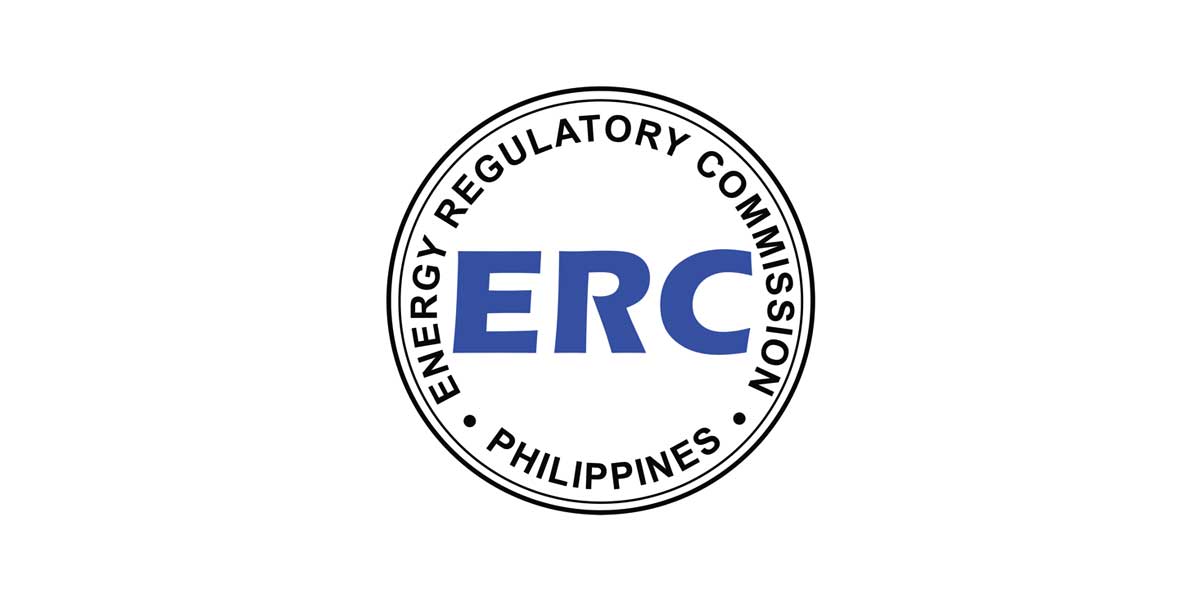By Engr. Carlos V. Cornejo
Additional tips to further enhance your problem-solving skills. The trick is not to limit your thinking in your head but extend it in different places. These are the breakthrough ideas from this book, “The Extended Mind: The Power of Thinking Outside the Brain” by Annie Murphy Paul. There are three fundamental ways to extend your mind and boost cognition. If you leverage these three extension methods (Extend into Your Body, Extend to Your Gestures, and Extend to a Workspace) you’ll make better decisions, speak with increased clarity, and experience more creative breakthroughs.
Extend into Your Body
In 2016, a group of traders at the London Stock Exchange consistently made good buy and sell decisions and earned significantly more money than their peers by using their heartbeat. These traders have acquired deep sense of attuning to their bodies and their heartbeat that they could recognize a good sell or a good buy by listening to their “body knowledge.”
Increase your interoception skills and tap into your body’s intelligence by habitually practicing body scans: Start by directing your attention to your toes and feel like your breath is moving in and out of your toes. After a few breaths, shift your attention to the sole of your foot, then your heel, then your ankle, calves, thighs…and so on, until you get to the top of your head. This
entire exercise should take about five minutes. Afterward, you’ll feel deeply relaxed, and experience increased mental clarity.
Extend to Your Gestures
Gesturing was our first language. When we were infants, we gestured fluently before we could speak fluently ‐ we waved, pointed, and held up our arms in a way that signaled we wanted to be picked up by our mother or yaya.
When researchers observed people talking and gesturing, they found their gestures indicated what they were about to say a second or two before they said it. Scientists call this phenomenon “gestural foreshadowing,” and it’s essential for good communication. Annie Murphy Paul says, “When people are prevented from gesturing, they talk less fluently; their speech becomes halting because their hands are no longer able to supply them with the next
word, and the next.”
When we use our hands when talking or gesturing, our brains function more sharply because more bodily organs are used. As a teacher myself, I make sure I use my hands when lecturing and if someone would ask me why do it, I refer to this information.
Extend to a Workspace
When we see a bigger picture of our ideas, we can generate more ideas. Use your office wall to create outlines and concept maps for your big projects. Imagine you’re like a homicide
detective putting up a visual representation of the facts, questions, and ideas related to a case you’re trying to solve. But don’t stop there. Use a mind mapping software to create concept maps on your digital workspace (i.e., computer screens) to hold information needed to complete complex tasks. Further extend your mind into your workspace by constantly doodling, journaling, and capturing ideas on index cards, notepads, and “post‐its” that you can rearrange on your workstation. This is the secret of chess grandmasters, brilliant mathematicians, and people with tremendous memories by not limiting their thinking to their heads but extending it to a workspace.





















